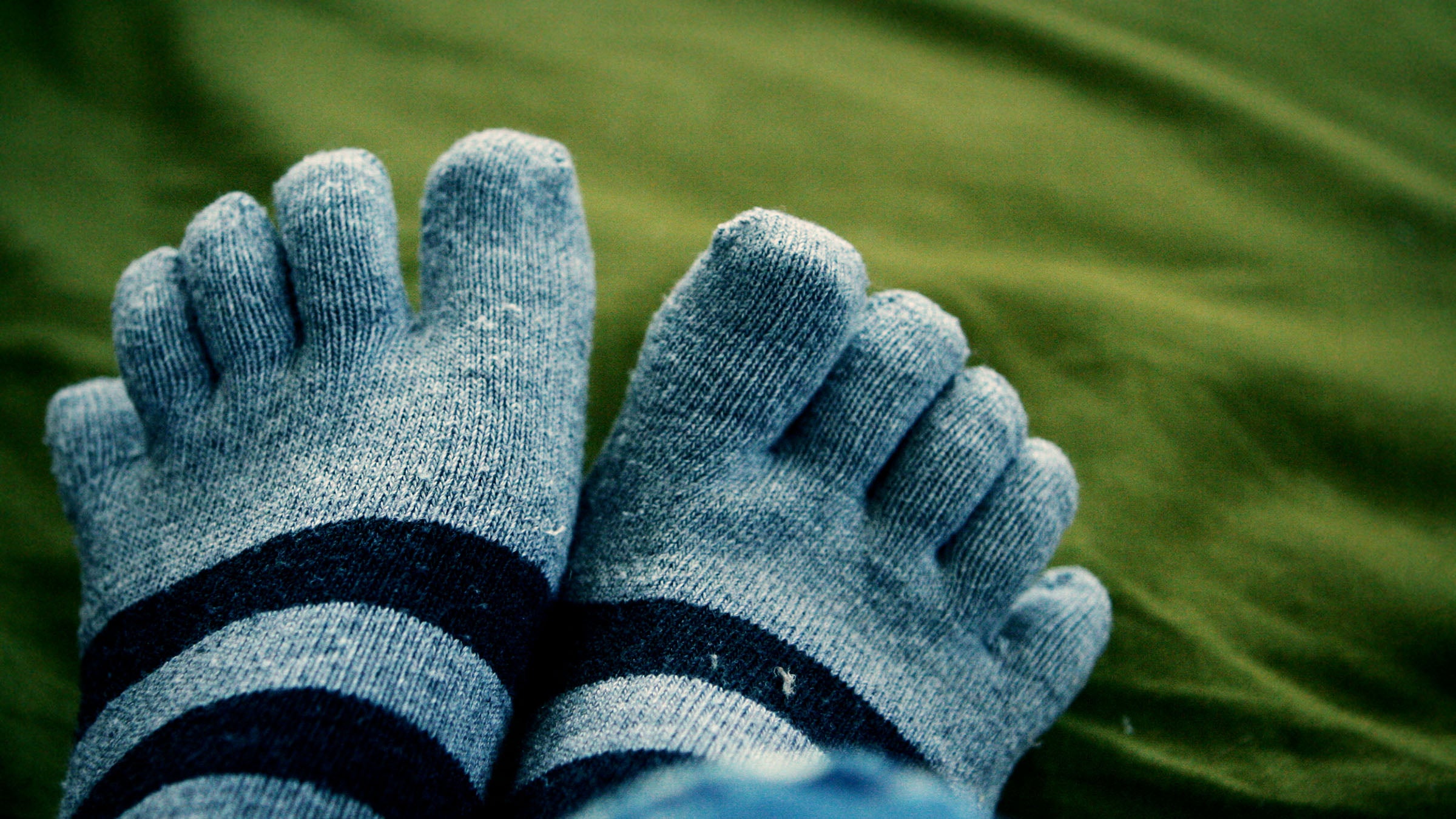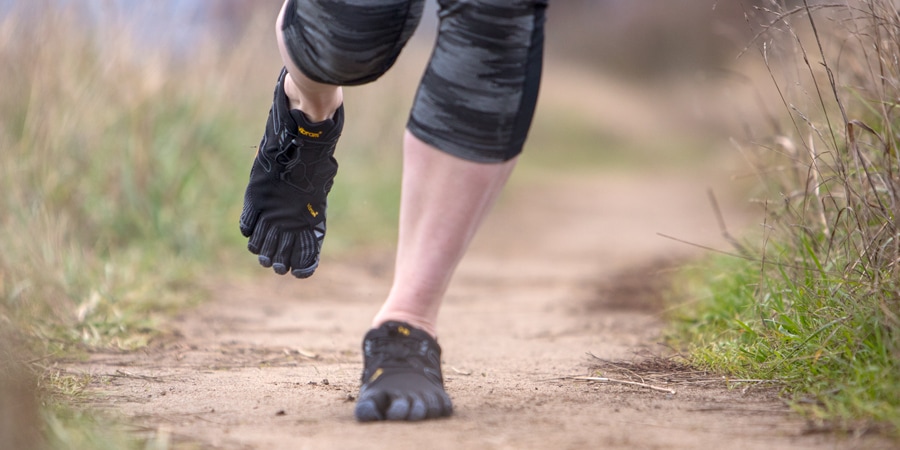This guide dives into why barefoot shoes for kids (infants included!) are key to healthy foot development, improved balance, and a natural gait.
Key Takeaways
- Natural Development: Keeping kids barefoot or in minimalist footwear lets their feet develop naturally. Research shows that habitually barefoot children tend to develop stronger foot arches and wider, more functional feet with naturally splayed toes (Understanding the Role of Children’s Footwear on Children’s Feet and Gait Development: A Systematic Scoping Review, Growing-up (habitually) barefoot influences the development of foot and arch morphology in children and adolescents). In one study, toddlers who wore “barefoot” shoes from their first steps developed higher arches than those in stiff, traditional shoes (How barefoot and conventional shoes affect the foot and gait characteristics in toddlers | PLOS One).
- Foot Strength & Health: Conventional shoes that are rigid or thick-soled can weaken foot muscles and alter foot shape. In contrast, lightweight barefoot shoes (wide, flexible, and thin-soled) allow the whole foot to move and flex, strengthening the arches and toes. Children who go barefoot or wear minimalist shoes show improved foot muscle strength and balance over time (Understanding the Role of Children’s Footwear on Children’s Feet and Gait Development: A Systematic Scoping Review, Minimalist school shoes improve intrinsic foot muscle size, strength, and arch integrity among primary school students).
- Posture & Balance: Zero-drop minimalist footwear (flat from heel to toe) promotes a more natural posture by avoiding the raised heels found in many traditional shoes. Kids in minimalist shoes or those who go barefoot often adopt a healthier gait—with shorter, quicker steps—and rely on natural shock absorption. Studies have found that children who grow up barefoot outperform their peers in balance tests and jumping tasks (Footwear habits influence child and adolescent motor skill development).
- Sensory Feedback (Proprioception): Bare feet are rich with nerve endings, but thick, cushioned shoes can dull this essential sensory input. Barefoot footwear lets kids feel the ground, enhancing proprioception and coordination. Improved sensory feedback helps kids react faster and develop better balance. Experts note that stiff shoes can act as a barrier to sensory input, potentially hindering proprioceptive development (Is Going Barefoot Good for Kids' Feet? - FASA).
- Transition is Key: Suddenly switching a child from structured shoes to barefoot shoes requires care. Foot and calf muscles need time to adapt. Gradually increasing barefoot time, incorporating foot exercises (like toe stretches or “toe-ga”), and ensuring proper fit can help kids transition safely and enjoy the benefits without soreness or injury.
Find The Right Barefoot Shoes For Your Kids
Explore a wide range of barefoot shoe brands tailored for children.
Browse Brands NowIntroduction: Why Footwear Choice Matters for Growing Feet
Have you ever wondered if less shoe is actually more for your child’s growing feet? Research suggests that allowing kids to experience natural movement—whether through going barefoot or wearing barefoot shoes—can significantly influence their foot structure, balance, and overall musculoskeletal development. Instead of confining little feet in rigid, traditional shoes, minimalist footwear mimics the benefits of being barefoot while still offering protection. As one pediatric feature explains, allowing the foot to develop naturally makes all the difference.
Natural Foot Development in Childhood
In infancy, a child’s foot is mostly cartilage and baby fat—with no arches yet, and that’s perfectly normal. As toddlers begin to walk, the arch starts to form through natural movement and barefoot play. This movement activates the windlass mechanism, where the plantar fascia tightens with every push-off, strengthening the arch. Studies show that children who spend more time barefoot develop significantly higher arches (systematic review, habitually barefoot study).
By around age 7, most kids develop a stable arch—provided their feet are given room to move naturally. This is why barefoot shoes or even barefoot time at home can be so beneficial, as it encourages intrinsic muscle strengthening and sets the foundation for lifelong foot health.
Barefoot Shoes vs. Traditional Footwear: What’s the Difference?
Traditional shoes often feature raised heels, arch supports, rigid soles, and narrow toe boxes. Although these features may appear to offer extra protection, they can actually interfere with natural foot motion. Thick, cushioned soles limit flexibility and reduce sensory feedback, which can lead to a heavier heel-strike and altered gait (systematic review).
In contrast, children's barefoot shoes are designed to mimic the barefoot condition. They feature a zero drop (no heel elevation), flexible thin soles, and a roomy toe box to allow natural toe splay. Research has shown that flexible minimalist footwear preserves natural foot movement much better than traditional shoes (ScienceDirect study).
Biomechanics, Posture, and Gait
When children walk barefoot, their posture naturally remains more upright. Without the extra heel from conventional shoes, kids maintain a neutral pelvis and aligned spine. Even a slight heel elevation can shift the center of gravity, leading to changes in gait and posture (systematic review).
Barefoot conditions promote a midfoot or forefoot strike during walking and running, reducing joint impact and fostering a natural gait pattern. In one study, children exhibited a more confident and stable gait when their feet were allowed to move naturally (motor skills research).
Balance, Coordination, and Sensory Feedback
Ever notice how kids kick off their shoes the moment they can? That’s because the soles of the feet are packed with nerve endings, providing crucial sensory feedback about texture, temperature, and slope. This feedback is essential for proprioception—the body's sense of its position in space. When thick shoes muffle these sensations, coordination and balance can suffer. In contrast, barefoot conditions enhance natural feedback (motor skills research).
Studies show that habitually barefoot children perform significantly better in balance tests and motor tasks, leading to improved agility and fewer falls.
Arch Development and Strong Feet
One of the most important benefits of children wearing barefoot shoesis their role in promoting healthy arch development. Babies naturally start with flat feet, and arches develop as they begin to walk. Research shows that children who spend more time barefoot or in minimalist footwear develop higher arches compared to those in conventional shoes (systematic review, habitually barefoot study ).
For instance, a PLOS ONE study found that toddlers wearing barefoot-style shoes had a significantly higher arch index in just seven months compared to those wearing conventional shoes. This underscores the value of early exposure to natural movement through barefoot shoes.
Posture and Alignment Benefits
Healthy feet lay the groundwork for proper alignment throughout the body. Shoes that restrict natural motion can lead to misaligned ankles, knees, and hips. Minimalist footwear, on the other hand, supports the foot’s natural mechanics, ensuring that the kinetic chain—from the toes up through the spine—remains properly aligned.
With a flexible, flat sole, children wearing barefoot shoes tend to develop improved posture and experience fewer issues like knock-knees or in-toeing. This natural alignment reduces growing pains and supports overall musculoskeletal health, as emphasized in Staheli’s classic review.
Expert Insights on Barefoot Benefits for Kids
Leading pediatricians, podiatrists, and movement experts have long endorsed the benefits of barefoot or minimalist footwear. Dr. Lynn Staheli, a respected pediatric orthopedist, famously noted that optimal foot development occurs in a barefoot environment, with shoes ideally interfering as little as possible (Staheli’s review).
Similarly, experts like Dr. Mark Cucuzzella argue that footwear acts as a “medical device” influencing bone development and gait. His advice is clear: allow children’s feet to develop naturally by choosing flexible, minimal footwear rather than rigid, overly supportive options. Across cultures, children who grow up mostly barefoot exhibit fewer deformities and enjoy healthier foot structures.
Risks and Transition Tips for Switching to Minimal Footwear
Before making the switch to barefoot shoes, it’s important to transition gradually. While children tend to adapt faster than adults, a sudden change from supportive shoes to minimalist footwear may lead to initial discomfort.
Potential Risks of a Quick Transition
- Muscle Soreness: Foot muscles may need time to adjust to increased activity.
- Foot Fatigue: Less support can initially cause tiredness in the feet.
- Skin Sensitivity: Improper fit may lead to rubbing or minor blisters.
- Environmental Challenges: Barefoot shoes provide less insulation, so be mindful in cold weather or on rough terrain.
Transition Recommendations
- Start by letting your child go barefoot at home to build strength.
- Gradually introduce barefoot shoes for short periods outdoors.
- Monitor their movement and adjust the transition pace as needed.
- Incorporate fun foot exercises, like “toe-ga,” to enhance muscle strength.
- Alternate between traditional and minimalist footwear during the transition.
- Consult a pediatric specialist if you have concerns about your child’s foot health.
For more practical advice, check out our more detailed guide on how to transition to barefoot shoes..
Conclusion
Embracing a natural approach to footwear with barefoot shoes for kids and infants is more than a trend—it’s an investment in your child’s long-term health. By promoting natural movement, these minimalist shoes help develop strong arches, flexible ankles, and the proprioceptive feedback necessary for balance and coordination.
With careful, gradual adaptation and proper fit, transitioning to barefoot-friendly footwear can pave the way for robust foot development, improved posture, and reduced risk of injury.
Find The Right Barefoot Shoes For Your Kids
Explore a wide range of barefoot shoe brands tailored for children.
Browse Brands NowFAQ
Are barefoot shoes safe for my child’s feet?
Yes. Children's barefoot shoes are designed to allow natural foot motion with a wide toe box, flexible sole, and zero drop. Studies have shown that children wearing minimalist footwear develop strong arches without an increased risk of injury. Transition gradually and monitor comfort to ensure safety. See the PLOS ONE study and the minimalist school shoes research for more details.
Will barefoot shoes help if my child has flat feet?
For children with flexible flat feet, barefoot or minimalist footwear can encourage natural arch development. Research indicates that kids who spend more time barefoot are less likely to develop flat feet. However, if there is a structural issue, it’s best to consult a specialist.
My kids often go barefoot at home—is that enough, or should they wear barefoot shoes outside too?
Barefoot time at home is excellent for natural foot development. However, when outdoors, barefoot shoes provide protection against hazards while still allowing natural movement. A hybrid approach—barefoot indoors and minimalist shoes outdoors—ensures the benefits are maintained.
Do barefoot shoes mean my child won’t need orthotics or special supports?
For many children, the natural strengthening from wearing minimalist footwear reduces the need for orthotics. By promoting natural arch development and balanced gait, barefoot shoes often prevent issues like over-pronation. If your child experiences pain or has a diagnosed foot condition, consult a specialist for personalized advice.
Posted by @mjbyrne

